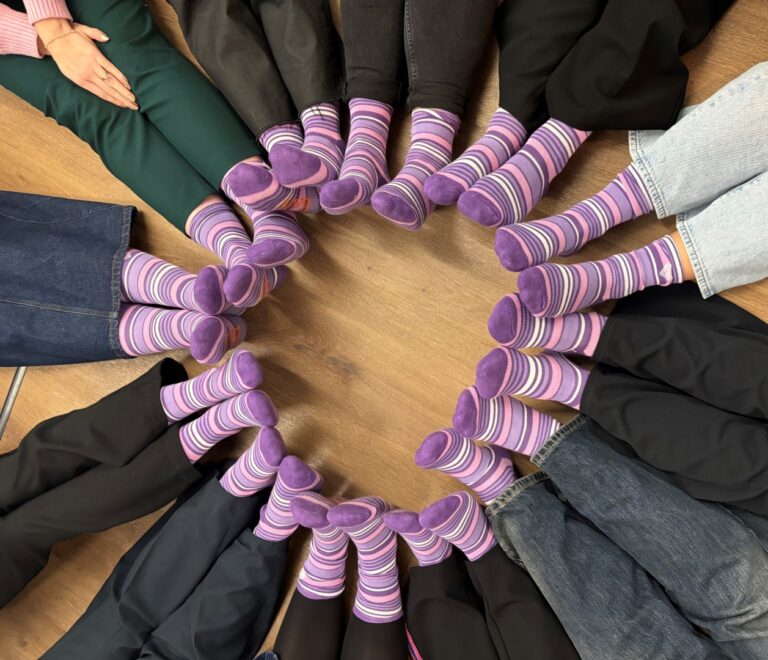
Mind the gap!
People with spinal cord injuries are being let down by a basic lack of transport accessibility.
It’s 2024 and yet we are living in a world where the gap between what has been done and what should be done to make travelling accessible and comfortable for everyone is ever-increasing.
Whether it’s trains, buses, the Tube or a flight, there are many challenges people with spinal cord injuries (SCI) face when they are travelling, making it difficult to live independently.
Public Transport
Public transport is a crucial aspect of everyday life for many people but the public transport system in the UK presents significant challenges for people with SCI.
Most stations and stops have inadequate access and lack lifts or ramps. In addition, many stations have a substantial gap between the train and the platform. While this creates safety issues for many people, it poses a much more significant risk for people with SCI (see my colleague Victoria Oliver’s related blog). Many bus stops are also inaccessible, with high curbs and insufficient space for deploying wheelchair ramps.
Travel companies argue assistance services for boarding and alighting from trains can be booked in advance, but why should those with SCI and other disabilities have to book this accessibility? Additionally, even if assistance is booked, there are so many occasions where these are not provided as promised, which causes significant inconvenience.
Another challenge is the non-accessible design and space constraints of public transport. While accessible toilets are offered in many trains, they are not always available or functional. Many buses do not have enough designated spaces for wheelchairs, which leads to overcrowding or requiring individuals to wait for the next service.
Air Travel
While air travel can be convenient and often necessary mode of transportation, it presents many obstacles for people with SCI, even prior to arriving at the airport.
There’s the extensive research to pick the best airline for accessibility (with many that aren’t), and substantial charges for medical insurance. Then, further challenges wait at the airport.
Getting through the airport can be challenging at the best times. However, this is much harder for people with SCI. Most airports have poorly designed and accessible facilities make it difficult to manage personal care needs while waiting for a flight.
The security checkpoint can also be particularly stressful as people with SCI often need to undergo additional screening, which may be a time-consuming and uncomfortable process.
Many airline companies don’t allow equipment like wheelchairs within the cabin. This creates the additional difficulty of transferring to a seat. Transferring from a wheelchair to an aeroplane seat often requires an aisle chair – which can be uncomfortable – and assistance from the airline staff.
Aeroplane seats are not designed for people with mobility issues. This could lead to significant discomfort and risk of pressure sores during long flights. Plane bathrooms are also significantly small, which makes them very difficult, often impossible, to use for someone with SCI.
While airlines offer priority boarding for people with SCI, no priority is provided for disembarking the plane. This waiting time makes life extra challenging for people with SCI as they often will need bathroom facilities to take care of personal needs.
Journalist Frank Gardner touched on this issue when he was left on a plane at Heathrow Airport because staff failed to deliver his wheelchair to him when he landed. A recent documentary by Sophie Morgan also touches on this issue and shows the shocking mistreatment of people with SCI during air travel.
Campaigning for Better Transport
Accessibility in transport is not just a convenience but a necessity for inclusivity. It is the key to enabling individuals with SCI to lead independent and active lives. The need for improved accessibility is urgent and undeniable.
At BBK, we are campaigning for more accessible transportation which you can read more about in our Manifesto. Additionally, our partner the Spinal Injuries Association (SIA) provides useful information on their website where they are working towards creating the ultimate resource for accessible travel information.








